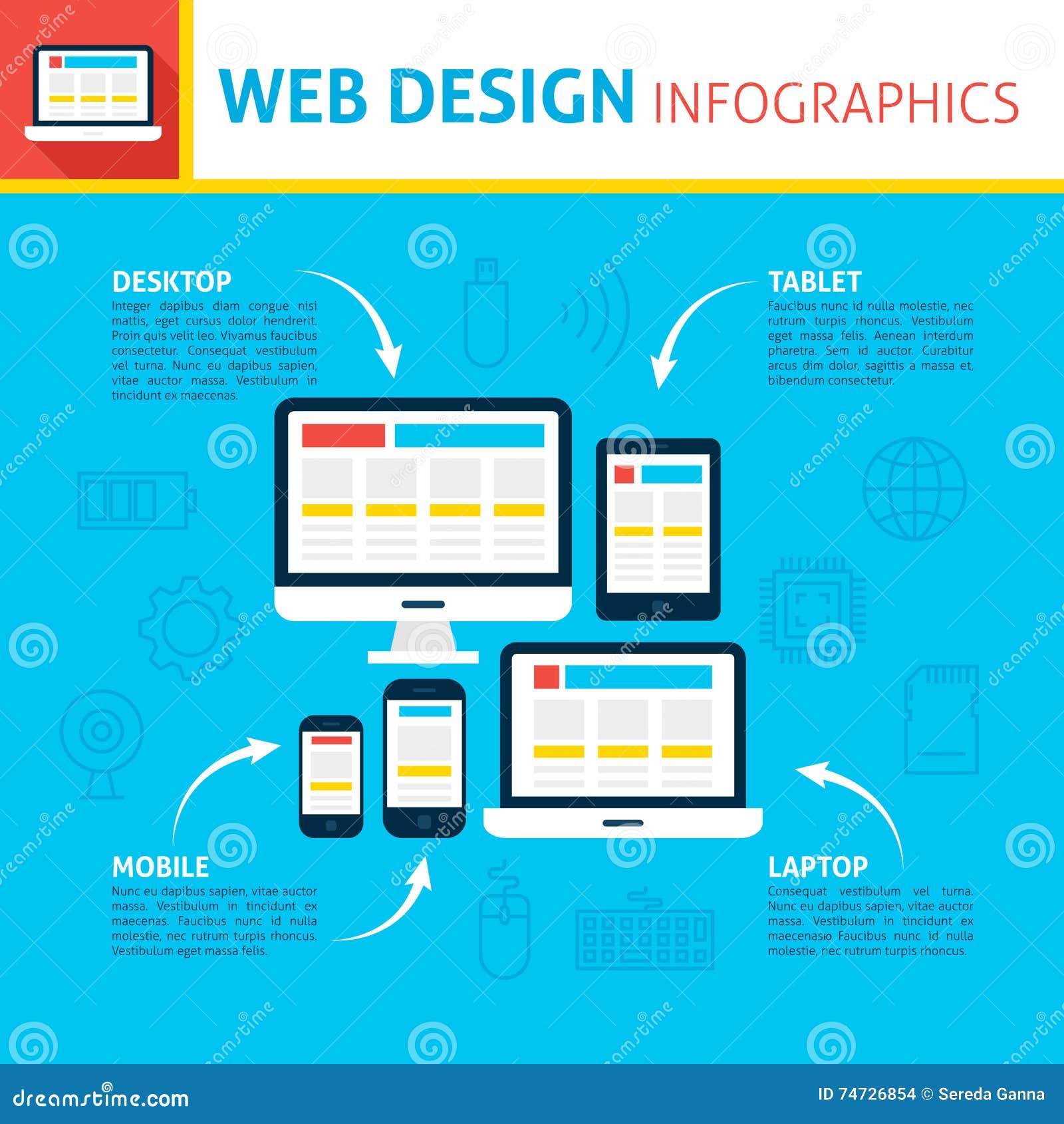Web Site Design Fundamentals: Tips For Building A User-Friendly Website
Web Site Design Fundamentals: Tips For Building A User-Friendly Website
Blog Article
Staff Writer-Le Bak
When it involves website layout, ensuring user-friendliness is essential. From responsive design to structured navigating, every aspect plays an important role in developing a site that deals with your audience's needs. But what about the finer information that can make or break an individual's browsing experience? Keep tuned as we uncover some often-overlooked pointers that can raise your web site's usability to the next level, making it truly stand out in the digital landscape.
Value of Responsive Layout
Responsive layout is an important element of modern site development. Guaranteeing your website is receptive ways that it can adapt to various display dimensions and tools, supplying a seamless experience for individuals.
With the enhancing use smartphones and tablets to access the internet, having a receptive layout is necessary for reaching a larger audience. It assists in enhancing user experience by making your website very easy to browse and continue reading any kind of gadget.
In addition, receptive style can favorably impact your search engine rankings, as search engines like Google prioritize mobile-friendly web sites. By having a responsive design, you're likewise future-proofing your website, as brand-new gadgets with differing display dimensions remain to emerge.
Simplify Navigation Framework
To improve customer experience and promote very easy access to information on your web site, enhancing the navigation structure is extremely important. When developing your website, focus on producing a clear and user-friendly navigation menu that assists site visitors find what they're trying to find promptly.
Restriction the variety of food selection things to the fundamentals, grouping associated pages with each other to avoid frustrating users. Use descriptive labels that plainly suggest the content of each web page, making it much easier for users to comprehend where each link will certainly take them.
Consider implementing dropdown food selections for subcategories to avoid jumbling the major navigating bar. Furthermore, consist of a search bar plainly on the web page for customers who prefer searching for details details.
Focus on mobile responsiveness in your navigation design to ensure easy gain access to on all devices.
Maximize Page Load Rate
Improving web page lots rate is important for keeping site visitors on your web site. Slow-loading web pages discourage individuals and can result in high bounce rates. To optimize web page tons speed, start by optimizing pictures. Compress images without compromising top quality to lower their data sizes.
In addition, enable internet browser caching to store often accessed sources in your area, quickening lots times for returning site visitors. Minify CSS, JavaScript, and HTML files by getting rid of unneeded personalities, comments, and formatting, improving load rate.
Consider utilizing a material delivery network (CDN) to distribute your site's content throughout numerous servers worldwide, reducing latency for customers accessing your site from different locations. Finally, restrict using https://www.entrepreneur.com/article/394911 -party manuscripts and plugins, as they can dramatically affect tons times.
Conclusion
To conclude, by incorporating responsive style, simplifying navigating, and enhancing web page tons rate, you can produce an user-friendly site that attract a bigger target market and enhances individual experience. see this here guarantee that site visitors can quickly gain access to and browse your site across different tools, leading to boosted engagement and fulfillment. By focusing on these crucial aspects, you can construct an effective web site that keeps users coming back for more.
